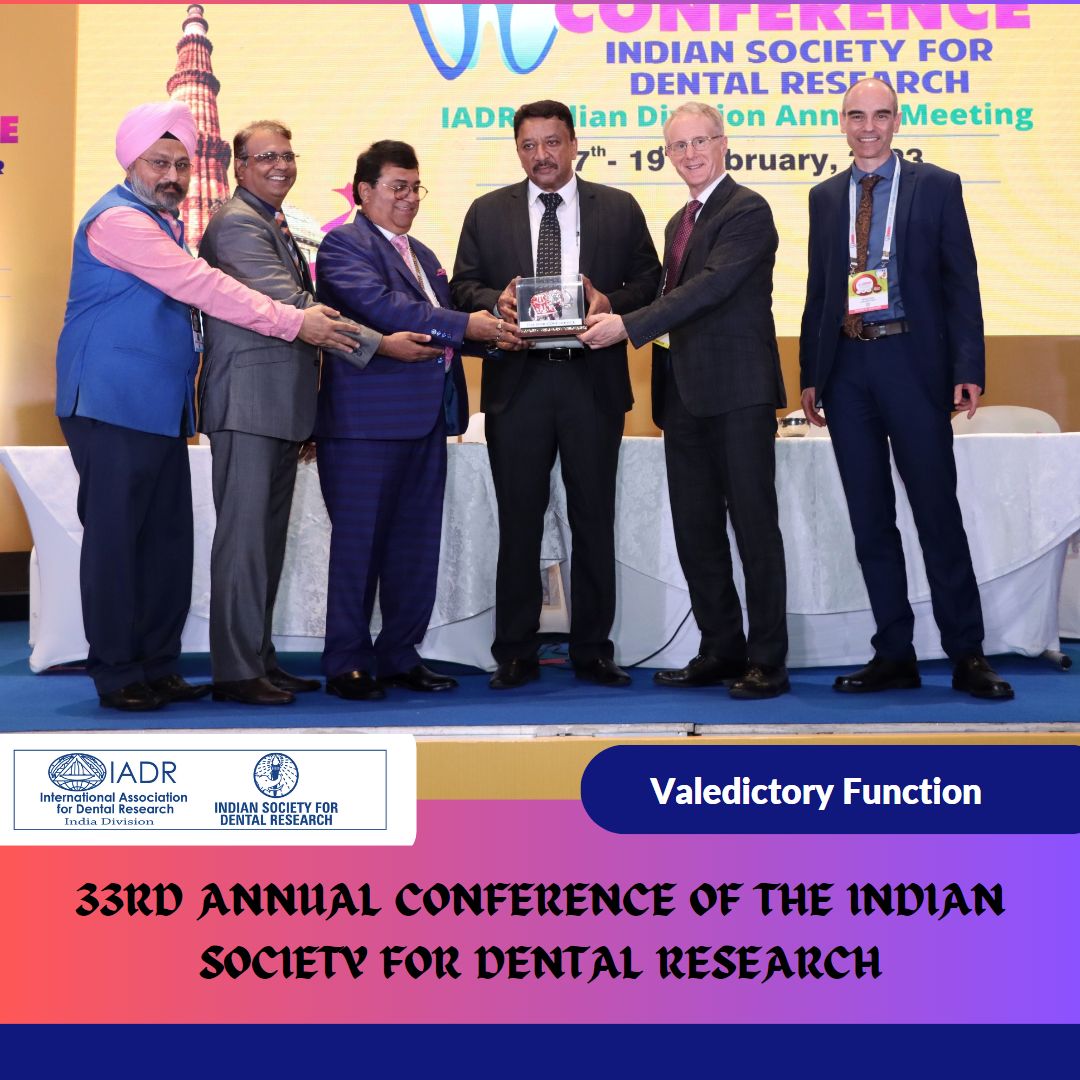Contents
Patient with a Hereditary Tendency for a Large Lower Jaw Running Through his Family
The patient is a 24-year-old male from Ludhiana in Punjab, India. He has always had a large lower jaw. This caused an unattractive facial structure. The scientific term for this is mandibular prognathism. Many members of his family also have a large lower jaw.
Functional and Esthetic Difficulties Caused by Mandibular Prognathism
This has caused him to have problems with eating and speech. He has also felt very self-conscious because of the cosmetic compromise from the large jaw. Desiring to get this corrected, he and his parents made inquiries with many surgeons including dentists and oral surgeons. They had been referred to our hospital for surgical correction.
Certain syndromes have been associated with a large lower jaw. Acromegaly, which is a condition caused by excess growth hormone in adults results in mandibular prognathism. A percentage of these patients also have gum disease due to chronic mouth breathing.
Specialty Procedures performed in our hospital
A common term for a very large lower jaw is lantern jaw. The chin is extremely prominent and forwardly positioned. Mastication and speech are rendered very difficult in these cases. Patients undergoing facial feminization also undergo jaw reduction procedures.
Our hospital is a specialty center for jaw reconstruction surgery. Le Fort I surgery is performed for retrusion or advancement of the upper jaw. Distraction osteogenesis is also used for the advancement of the retruded maxillaLower Jaw Protrusion – Bilateral Sagittal Split Osteotomy Reduction and retrognathic mandible.
Jaw reduction surgery is routinely performed in our hospital. All these surgeries are performed under general anesthesia in our state of art operating theatres.
Initial Consultation and Examination at our Hospital
Dr. SM Balaji, Specialist in Jaw Surgery, examined the patient. A detailed history was also obtained. He then ordered imaging studies including a 3D CT scan. These are mandatory for patients undergoing jaw surgery.
This showed that the patient had a skeletal overbite of 12 mm. There was also a horizontally impacted right third molar. He had bilateral impacted wisdom teeth. These were also indicated for removal.
Treatment Planning Explained in Detail to Patient and his Parents
Treatment planning was modified as the patient wanted to undergo both procedures at the same time. The mandibular setback is usually performed six months after wisdom tooth extraction, but an exception was allowed in this patient.
The patient will first undergo presurgical fixed orthodontics to decompensate the arch. This would be followed by surgery and postsurgical orthodontics. The last stage of orthodontics would be fine-tuning his dental occlusion. They then consented to surgery.
Wisdom Tooth Surgery Followed by Mandibular Setback
Under general anesthesia, both impacted third molars were extracted. Sectioning of the left third molar was performed to enable easy wisdom tooth extraction. Attention was turned to the bilateral sagittal split osteotomy (BSSO) following wisdom teeth extraction. The bilateral sagittal split osteotomy would enable backward positioning of the lower jaw to achieve good alignment with the upper jaw.
Preservation of Inferior Alveolar Nerve throughout Surgery
Bilateral sagittal split osteotomies were made. The inferior alveolar nerve was mobilized with the proximal segment. This allowed for mobilization of the distal segment. A slice of bone 14 mm was removed from the site of the osteotomy.
The mandible was then set back and occlusion was checked. Stabilization of the mandibular segments was performed with plates and screws. Care was taken to ensure that the inferior alveolar nerve remained safe throughout the procedure.
Complete Patient Satisfaction with Results of Surgery
There was a tremendous immediate improvement in facial esthetics. The patient and his family were very happy with the results of the surgery. They expressed their satisfaction before their final discharge from the hospital.




